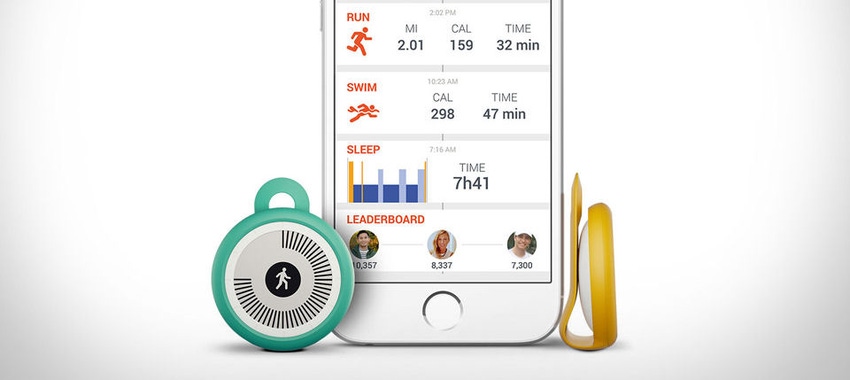Finnish networking vendor Nokia has announced a strategic review of its Digital Health business, which is usually a sign that it wants to get rid of it.
February 15, 2018

Finnish networking vendor Nokia has announced a strategic review of its Digital Health business, which is usually a sign that it wants to get rid of it.
“Digital Health’s business portfolio includes consumer and enterprise products, and it manufactures and sells an ecosystem of hybrid smart watches, scales and digital health devices to consumers and enterprise partners,” said the short announcement. “The strategic review of the Digital Health business may or may not result in any transaction or other changes.”
Essentially Nokia is admitting that its 2016 acquisition of digital health company Withings for €170 million has failed. At the time it seemed intriguing, since Nokia had recently bailed out of the devices game by flogging its phone business to Microsoft.
The charitable assumption was that the failure of Nokia smartphones was a one-off due to the sudden arrival of iOS and Android, and the people who dominated the mobile phone market for so long could replicate that performance with wearables and other digital health devices. On top of all this latent device expertise would be all manner of synergies with the networking and IP licensing side.
In hindsight this was either a fairly ill-considered attempt to diversify or a classic example of failed integration or most likely a combination of the two. There is usually very little overlap between the people who conduct M&A and those in charge of integrating the acquired company and, more importantly, realising all the lovely synergies that looked like such no-brainers during the acquisition due diligence.
The whole point of moving out of devices and doubling down on networks with the acquisition of Alcatel-Lucent was supposed to be to transform Nokia into a 100% B2B business. Even the Nokia consumer brand existed only in the form of licensing agreements with the likes of HMD, and even the mapping business in the form of HERE was deemed to peripheral to Nokia’s core competences.
So, again in hindsight (which as we know is always 20-20), a move back into devices, with a B2C element, ran contrary to pretty much every strategic move Nokia had made in the preceding years. No wonder, then, that the integration failed. Who were the Withings sponsors at the Nokia top table? Where was the budget to follow through on the acquisition and make Nokia a digital health market leader? How much device expertise was left after the Microsoft sale?
Today’s announcement is the culmination of a process that (in hindsight) was very much underway four months ago, when Nokia recorded a €141 million charge due to ‘the impairment of goodwill related to its digital health business.’ Essentially Nokia wrote-off the vast majority of the Withings acquisition and is now making a public show of trying to recover whatever residual value it can on behalf of its shareholders.
Microsoft will be crying crocodile tears at this M&A failure, having written down the entire $7.6 billion it paid Nokia for its handset division a few years ago (Nokia’s current market cap is only 4-5 times that amount). Compared to that the Withings misadventure is a minor one, but probably signals an end to Nokia attempts to diversify away from networking for the foreseeable future.
About the Author(s)
You May Also Like








.png?width=300&auto=webp&quality=80&disable=upscale)


_1.jpg?width=300&auto=webp&quality=80&disable=upscale)


.png?width=800&auto=webp&quality=80&disable=upscale)